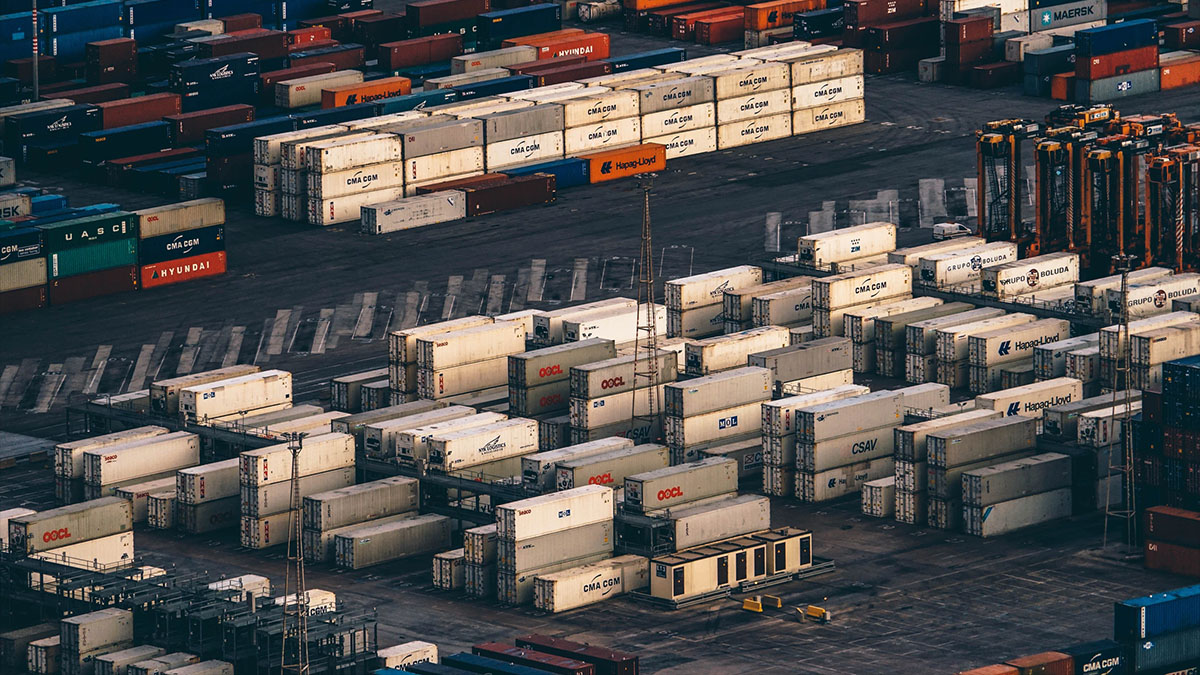the automation paradox in developing nations

Today, the word disruption seems to stand for “tech bro built a smartphone app to do something we already do with little to no problem.” But just because it’s become such an abused term doesn’t mean there aren’t truly disruptive ideas and technologies out there, especially when it comes to modern robotics and automation. While we’ve talked a lot about automation and post-industrialization in wealthy countries, development experts are having a mild heart attack over what a brand new generations of robots may be doing to countries still trying to industrialize in the first place, and their outlook is rather grim.
When it comes to modernizing a country, these experts have a path everyone needs to follow in mind. First is a transition from an agrarian and extractive economies to light manufacturing like clothing, linens, and small consumer items, then ramping up towards heavy manufacturing, then cleaning up the mess from that process and moving into service and information industries. This is the path taken by many nations from the middle to the late 20th century and it seemed to work fairly well until now, when there are robots preparing to take over that light manufacturing step.
where does automation leave developing countries?
Instead of outsourcing the production of fast fashion items, small appliances, and handy little gadgets and gizmos, robots can just do it all over the next ten years or so, drastically lowering the costs along the supply chain because if there’s one thing that can undercut overseas sweatshops, it’s an array of machines that will do ten times the work in half the time. And while may seem like very welcome news to human rights activists around the world, development experts worry about no longer having light manufacturing as an on-ramp to industrialization and economic development.
With their economic models are facing obsolescence in the very near future, what do they tell a country trying to modernize over the next 25 to 35 years? Without light manufacturing, there’s no infrastructure for heavy industries. Without the steady income of factories constantly churning out products for export, there’s no money for the literacy programs required to transition to the service economy. Cutting out the industrialization phase from a proven track seems like trying to learn how fly a plane as you’re taking off while trying to build it. But with demand for robots growing and new models very quickly being developed, it doesn’t seem like there will be a lot of choice in the matter.
how do we go from the farm to the office park in one generation?
Instead of trying to lure penny-pinching companies to finance economic growth, development experts need to figure out how to get nations quickly educated and well fed. The world doesn’t lack industrial capacity, and that capacity is still growing while employing fewer and fewer people thanks to more and more sophisticated automation. This means that instead of learning how to make t-shirts and coffee makers, workers need to learn how to program, troubleshoot, and maintain the robots who’ll make those t-shirts and coffee makers. They’ll need basic literacy, algebra, and elementary coding skills instead of learning how to sew jeans and assemble pre-made components sourced from countries with greater manufacturing prowess.
Yes, this means fewer initial jobs and more up front investment. But it also means a workforce far more attractive to foreign and domestic investors and with much greater earning potential as the money starts coming in. This will also help stem the ongoing global migration crisis since there will now be meaningful jobs and education programs in nations from which people are currently fleeing to escape a stagnant or collapsing economy and give their families a chance for financial stability. Current efforts are failing precisely because there’s no investment beyond the very basics while existing manufacturers already have their basics covered.
Will this be expensive? Absolutely. But it will be a lot cheaper than the side-effects of continued and unresolved political instability in key regions. And this yet again demonstrates the need for world leaders to really understand how the world works today and why it’s so important to invest so heavily in education and rethinking how to build and deploy infrastructures. Doing development and modernization as if we were still living in the 1950s is clearly not making things better. Maybe we should try and approach it with the understanding that computer and robots are things that have been invented and their output will continue to dominate the global economy?





